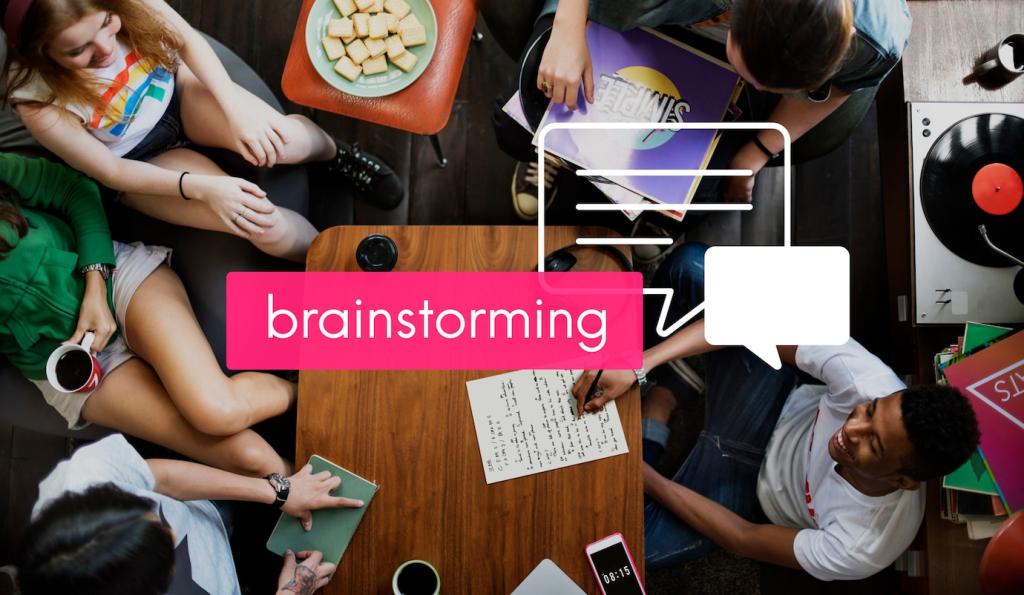Storytelling That Lets Shoppers Picture the Piece at Home
Use time anchors: “6:05 a.m., kettle hums; you lean into the oak edge, warm mug steady.” Micro-scenes light up imagination faster than specs alone. Draft a 50-word scene for your top seller and invite subscribers to highlight the word that made them feel present.
Storytelling That Lets Shoppers Picture the Piece at Home
Choose a pronoun lens that matches the moment. “You” for intimacy, “we” for shared rituals, “guests” for social proof and hospitality. Rotate lenses across carousels to widen resonance. Ask your audience which lens made them visualize the scene most clearly, and why.
Storytelling That Lets Shoppers Picture the Piece at Home
Structure copy like a tiny story: setup problem (cluttered entry), texture detail (reeded oak, cool to the touch), resolution (keys finally have a home). The rhythm guides attention. Share your three-beat draft in the newsletter and invite critique on the tactile middle beat.
Storytelling That Lets Shoppers Picture the Piece at Home
Lorem ipsum dolor sit amet, consectetur adipiscing elit. Ut elit tellus, luctus nec ullamcorper mattis, pulvinar dapibus leo.








